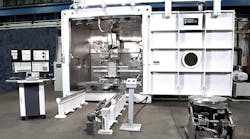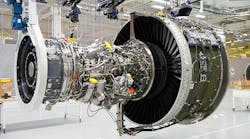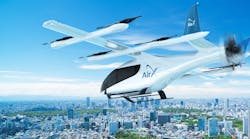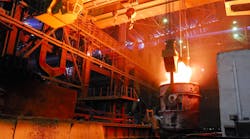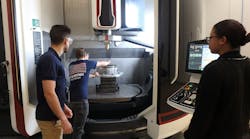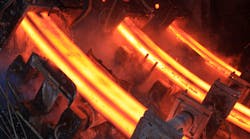Airbus made two new commitments to 3D printing, expanding its supply arrangements for nickel and titanium alloy parts with Arconic, and ordering its own large-dimension electron-beam additive manufacturing (EBAM) system from Sciaky Inc., to produce titanium structures.
Arconic, the company spun-off from Alcoa Inc. last month, landed two new agreements with Airbus to supply 3D-printed metal parts for commercial aircraft structures.
Last month Arconic announced a $1-billion, multi-year contract to supply Airbus with aluminum sheet and plate products for multiple commercial aircraft programs. And in April of this year, Arconic (then, Alcoa) entered an agreement to supply Airbus with 3D-printed titanium fuselage and engine pylon components.
Now, Arconic has two new agreements with Airbus, to supply 3D-printed components in high-temperature nickel superalloys, as engine airflow ducting elements; and airframe brackets in titanium alloys. Both categories of parts are intended for the Airbus A320 single-aisle aircraft series
According to Arconic, it will deliver the first parts under both agreements in 2Q 2017.
“Airbus’s confidence in our additive manufacturing capabilities is grounded in Arconic’s comprehensive strengths—from aerospace know-how to metals powder production and product qualification expertise,” stated chairman Klaus Kleinfeld.
Chicago-based Sciaky Inc., a developer of metal additive manufacturing systems, will deliver one of its EBAM™110 systems this month, for 3D-printing large structural parts in titanium.
The EBAM process converts alloy wire (e.g., metal or refractory alloys) via an electron beam heat source, to build 3D parts according to data derived from a CAD model. The machine’s fully articulated, moving electron-beam gun deposits metal via wire feedstock, layer by layer, until the part reaches near-net shape.
The near-net shape parts are heat-treated and finish-machined. In the end, there is minimal material waste.
The Sciaky EBAM 110 system has a work envelope of 70x47x63 inches (1,778x1,194x1,600 mm), and can produce parts ranging from 8 inches (203 mm) to 19 feet (5.79 meters) long. EBAM gross deposition rates range from 7 to 20 lbs. (3.18 to 9.07 kg) of metal per hour.
Airbus has not indicated where the Sciaky system will be installed.
